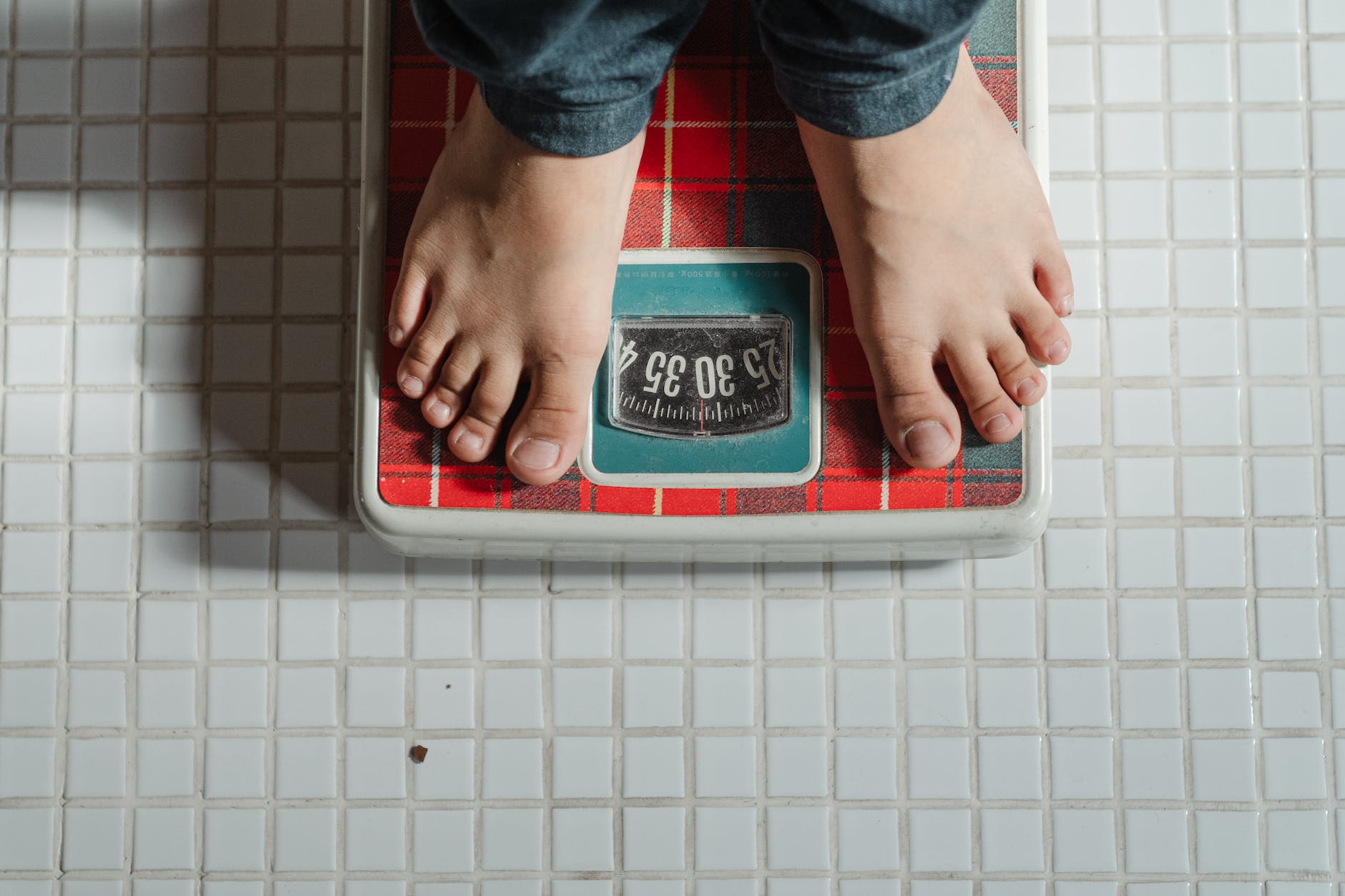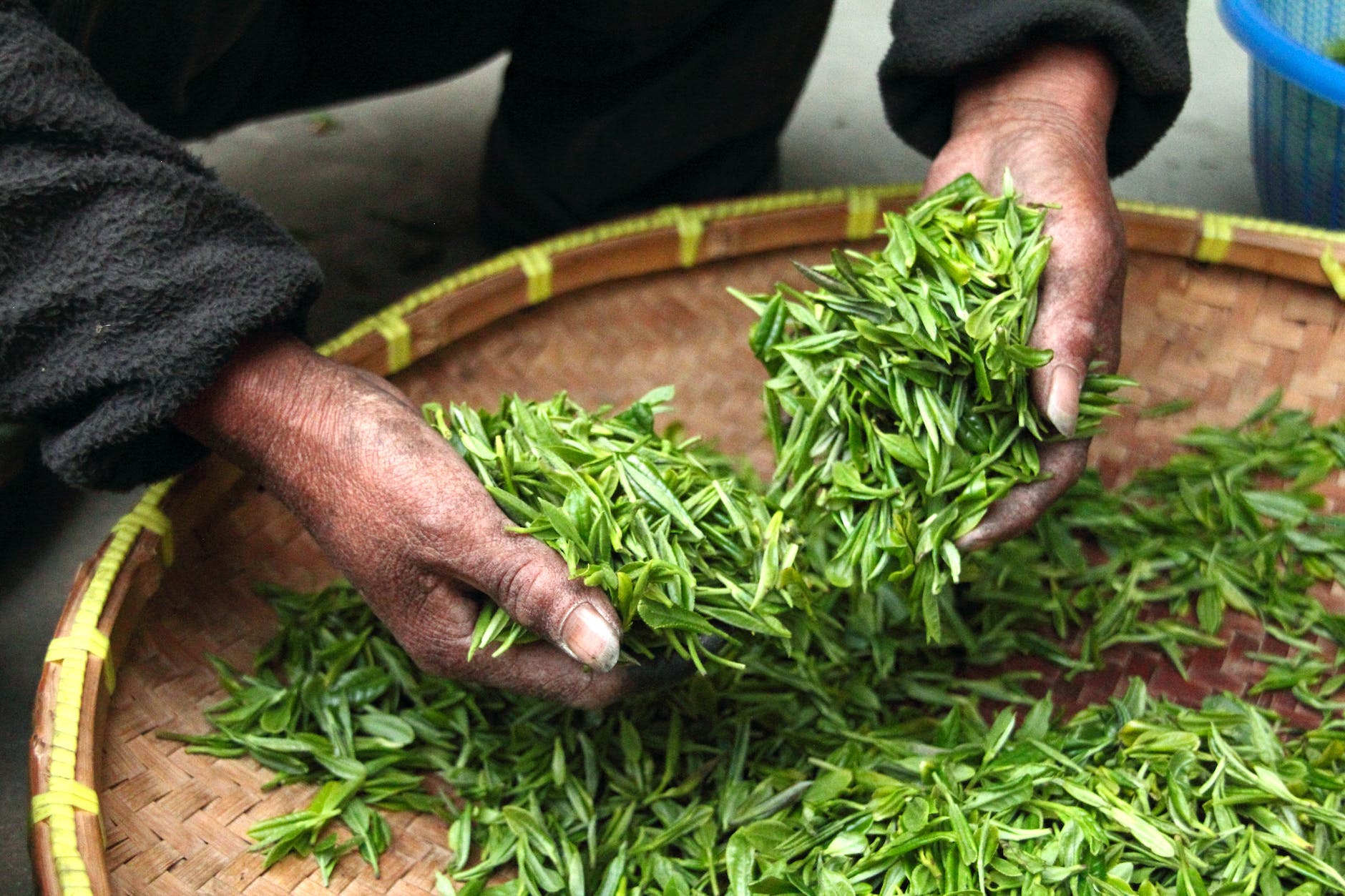
Losing weight can be a challenge for individuals with thyroid conditions due to the impact on metabolism. However, with a well-planned diet and lifestyle modifications, healthy weight management is achievable. In this comprehensive guide, we will explore the foods that can aid in weight loss for individuals with thyroid conditions, providing detailed information for each food category. Let’s delve into the world of thyroid and weight loss, and discover what to eat to support your weight loss journey! 🥗🏋️♀️🌿
- Lean Protein Sources 💪🍗:
Lean protein is an essential component of a weight loss diet as it helps to promote satiety, maintain muscle mass, and support metabolism. Including the following lean protein sources in your meals can help with healthy weight management:
- Skinless Poultry: Chicken breast and turkey breast are excellent sources of lean protein. They are low in fat and rich in essential amino acids.
- Fish: Fatty fish such as salmon, tuna, cod, and trout are not only high in protein but also rich in omega-3 fatty acids, which have been associated with weight loss benefits.
- Legumes: Lentils, chickpeas, and black beans are plant-based sources of protein that are also high in fiber, making them a filling and nutritious choice.
- Tofu: Firm or extra-firm tofu is a versatile plant-based protein option. It can be used in a variety of dishes, from stir-fries to salads.
- Greek Yogurt: Low-fat or non-fat Greek yogurt is a protein-rich option that can be enjoyed as a snack or used as a base for smoothies and sauces.
- Fiber-Rich Foods 🌾🍓:
Fiber plays a crucial role in weight management as it helps promote feelings of fullness, aids in digestion, and regulates blood sugar levels. Including the following fiber-rich foods in your diet can support healthy weight loss:
- Fruits: Berries (strawberries, blueberries, raspberries), apples, pears, and oranges are excellent sources of fiber and provide natural sweetness.
- Vegetables: Leafy greens like spinach and kale, as well as cruciferous vegetables such as broccoli, cauliflower, and Brussels sprouts, are low in calories and high in fiber.
- Whole Grains: Opt for oats, quinoa, brown rice, and whole-wheat bread, which are rich in fiber and provide sustained energy.
- Legumes: Black beans, chickpeas, and lentils are not only high in fiber but also contain protein, making them a nutritious choice for weight loss.
- Complex Carbohydrates 🍠🌾:
Complex carbohydrates are digested more slowly than simple carbohydrates, providing a steady release of energy and helping to control hunger and cravings. Including the following complex carbohydrates in your meals can support healthy weight management:
- Whole Grains: Opt for oats, quinoa, brown rice, and whole-wheat bread. These grains are less processed and retain more fiber, vitamins, and minerals compared to refined grains.
- Sweet Potatoes: Baked or roasted sweet potatoes are nutrient-dense and rich in fiber, providing a satisfying carbohydrate option.
- Legumes: Lentils, black beans, and chickpeas are not only a good source of protein and fiber but also provide complex carbohydrates.
- Healthy Fats 🥑🌰:
Contrary to popular belief, consuming healthy fats is important for weight loss as they help promote satiety, support hormone production, and provide essential nutrients. Include the following sources of healthy fats in your diet:
- Avocado: Avocado is a nutrient-dense fruit that is rich in monounsaturated fats, which have been associated with improved weight loss outcomes.
- Nuts: Almonds, walnuts, and pistachios are packed with healthy fats, fiber, and protein. However, portion control is important as they are calorie-dense.
- Seeds: Chia seeds, flaxseeds, and pumpkin seeds are high in healthy fats, omega-3 fatty acids, and fiber. They can be added to smoothies, yogurt, or sprinkled over salads.
- Olive Oil: Extra-virgin olive oil is a staple in the Mediterranean diet and is rich in monounsaturated fats. Use it for cooking or as a dressing for salads.
- Metabolism-Boosting Foods 🌶️🍵🐟:
Certain foods have metabolism-boosting properties, helping to enhance calorie burn and support weight loss efforts. Incorporate the following foods into your diet to give your metabolism a natural boost:
- Chili Peppers: Spicy foods like chili peppers contain a compound called capsaicin, which has been shown to temporarily increase metabolism and promote fat burning.
- Green Tea: Green tea is rich in antioxidants and contains catechins, which have been associated with increased calorie expenditure and improved fat oxidation.
- Omega-3 Rich Foods: Fatty fish like salmon, mackerel, and sardines, as well as chia seeds and flaxseeds, are rich in omega-3 fatty acids. Omega-3s have been linked to improved metabolism and weight loss.
- Hydration 💧🍉:
Staying hydrated is essential for weight management as it helps maintain proper bodily functions and supports metabolism. Include the following hydration-promoting foods in your diet:
- Water: Plain water should be your primary source of hydration. Aim to drink at least eight glasses of water per day.
- Hydrating Foods: Cucumber, watermelon, and citrus fruits like oranges and grapefruits have high water content and can contribute to your overall hydration levels.
- Portion Control 🍽️🧐:
Portion control is crucial for weight management, regardless of whether you have a thyroid condition or not. Consider the following tips to help you maintain proper portion sizes:
- Measure and weigh your food to ensure accurate portion control.
- Use smaller plates and bowls to create the illusion of a fuller plate.
- Practice mindful eating by paying attention to your body’s hunger and fullness cues.
- Slow down while eating and savor each bite, allowing yourself to fully enjoy the flavors and textures of your meal.
- Mindful Eating 🍽️🧘♀️:
Practicing mindful eating can help you develop a healthier relationship with food, avoid overeating, and make more conscious food choices. Here are some tips for practicing mindful eating:
- Eat without distractions, such as phones or TVs, to fully focus on the meal.
- Chew your food slowly and thoroughly, savoring each bite.
- Pay attention to your body’s hunger and fullness signals to guide your portion sizes.
- Be aware of emotional triggers or stress-related eating patterns and find alternative coping mechanisms.
- Regular Physical Activity 🏋️♀️🚶♂️:
Incorporating regular physical activity into your routine is essential for weight loss and overall health. Consult with your healthcare professional before starting any exercise program and consider the following recommendations:
- Choose exercises that suit your fitness level and health condition. Options may include walking, jogging, cycling, swimming, or group fitness classes.
- Aim for at least 150 minutes of moderate-intensity exercise per week or 75 minutes of vigorous-intensity exercise, along with strength training exercises twice a week.
- Supportive Habits 🧘♀️💤👥:
Developing supportive habits alongside a healthy diet and exercise routine can enhance your weight loss journey. Consider incorporating the following habits into your daily life:
- Manage stress through activities such as yoga, meditation, deep breathing exercises, or engaging in hobbies you enjoy.
- Prioritize quality sleep to support overall health and weight management. Aim for 7-8 hours of sleep per night.
- Surround yourself with a supportive social environment that encourages healthy habits. Seek support from friends, family, or join online communities focused on weight loss and healthy living.
Conclusion: 🥗🏋️♀️🌿
With a well-balanced diet that includes lean protein sources, fiber-rich foods, complex carbohydrates, healthy fats, metabolism-boosting foods, hydration, portion control, mindful eating, regular physical activity, and supportive habits, individuals with thyroid conditions can support their weight loss goals. Remember that every individual is unique, so it’s important to consult with a healthcare professional or registered dietitian to personalize your weight loss plan based on your specific thyroid condition and individual needs.












